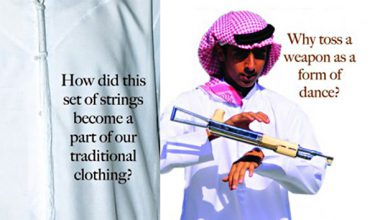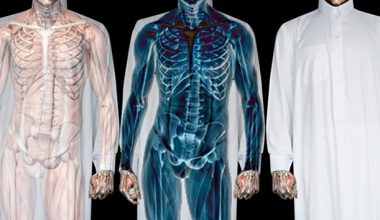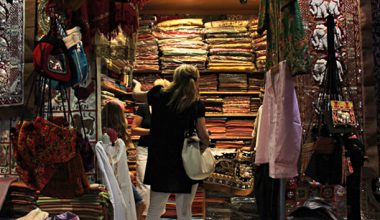In the eight years since my first trip to Beijing the city has blossomed into one of the main birth cities of contemporary design. When I first visited Beijing, the city was at the beginning of a state of rapid development, and naturally the interest in contemporary designers and artists grew just as quickly. And with proper nurturing, Chinese designers found a fertile ground to grow.
Over the years, products produced in China have earned a weak reputation; be it toys, garments or even furniture pieces. I certainly have been a victim of this generalization, but with each passing year my point of view changed. Altered by the number of designers based out of Beijing, the number of world renowned galleries establishing themselves in the city and its strive to produce a higher caliber of products.
This lead me to take the road less travelled on my most recent trip. Coletivo Amor de Madre, invited me to participate in their DeConstructing Cities live performance. A compilation of images, collated using the hashtag #whenareyou through instagram, provided a dialogue between two urban cities, Sao Paulo and Beijing. The results, a series of printed images on a glass “portal” in the middle of Beijing, created an open discussion for improving urban life. In my search to find their location, I walked through narrow streets, filled with small shops, occupied by grandmothers and grandchildren. Collectively this gives a different feel from the metropolis that surrounds it. I shared some images using the hashtag, and found myself at the festive origin of their performance.
Coletivo Amor de Madre’s live performance fit a formula, found in most Asian cities – one that combines dance, music and design. Coletivo added their dances, Brazilian music and calculative method of producing design. Through Deconstructing Cities, producing images and various design objects, Coletivo Amor de Madre was definitely keeping up with the present culture. Pieces produced in Asian cities, tend to include a historical or cultural reference, linking the past with the future.

Studio Swine, a London based design studio, refined this link. With hair trade being one of the largest industries in China, the design studio used hair, as a base component for their “Hair Highway” series; showcased during Beijing Design Week. The result is a conversation between China and the rest of the world, through beautiful objects with an ode to 1930’s Shanghai-deco style.
Continuing my journey, I visited 751 D-park and 798 park, former industrial sites turned into a creative community filled with galleries, coffee shops and boutiques. A balloon installation, in 751D park, was created to bring attention to the rising sea water levels. Through the use of a simple yet smart three part system: the balloons which represent sea level, along with electric motors and WeChat website, designed to be a simple game mobile application, encourages users to pick up ocean plastic trash while paying attention to not pick up marine life. Collectively, the installation acts as a simulator; connecting your phone to the installation, data is collected, processed and analyzed and as a result the sea level changes in altitude. This installation effectively pointed to a very serious threat by using smart, innovative and simple materials to relay the message.
Installations such as this one, placed in the midst of revamped industrial districts, fed my curiosity to further explore the contemporary design scene. At every corner, I found a surprising element, from new galleries to pop up shops and boutique cafes.
The two day trip came to an end with a visit to Gallery All. Based in Beijing and Los Angeles, the gallery presents many designers among them is Naihan Li. Li’s first job was a collaborative project with Ai Wei Wei, as coordinator for the Jinhua Architectural Park development in Zhejiang Province. Li’s intricate designs with Brazil Rosewood reached critical acclaim and exhibited at various galleries and institutions including Broached Commissions in Melbourne and the Shanghai Art Museum.
Before I could fully absorb the city’s pulsing design scene, my time was up in this fast paced metropolis. Beijing is a vibrating pulse in the world of design – a place to invest time and energy exploring to be able to truly dissect the various layers of its culture. Follow me, Cyril Zammit, over the following months as I continue discovering diversity in design.
Cyril Zammit is the Design Days Dubai Fair Director and contributor for Khaleejesque Magazine








